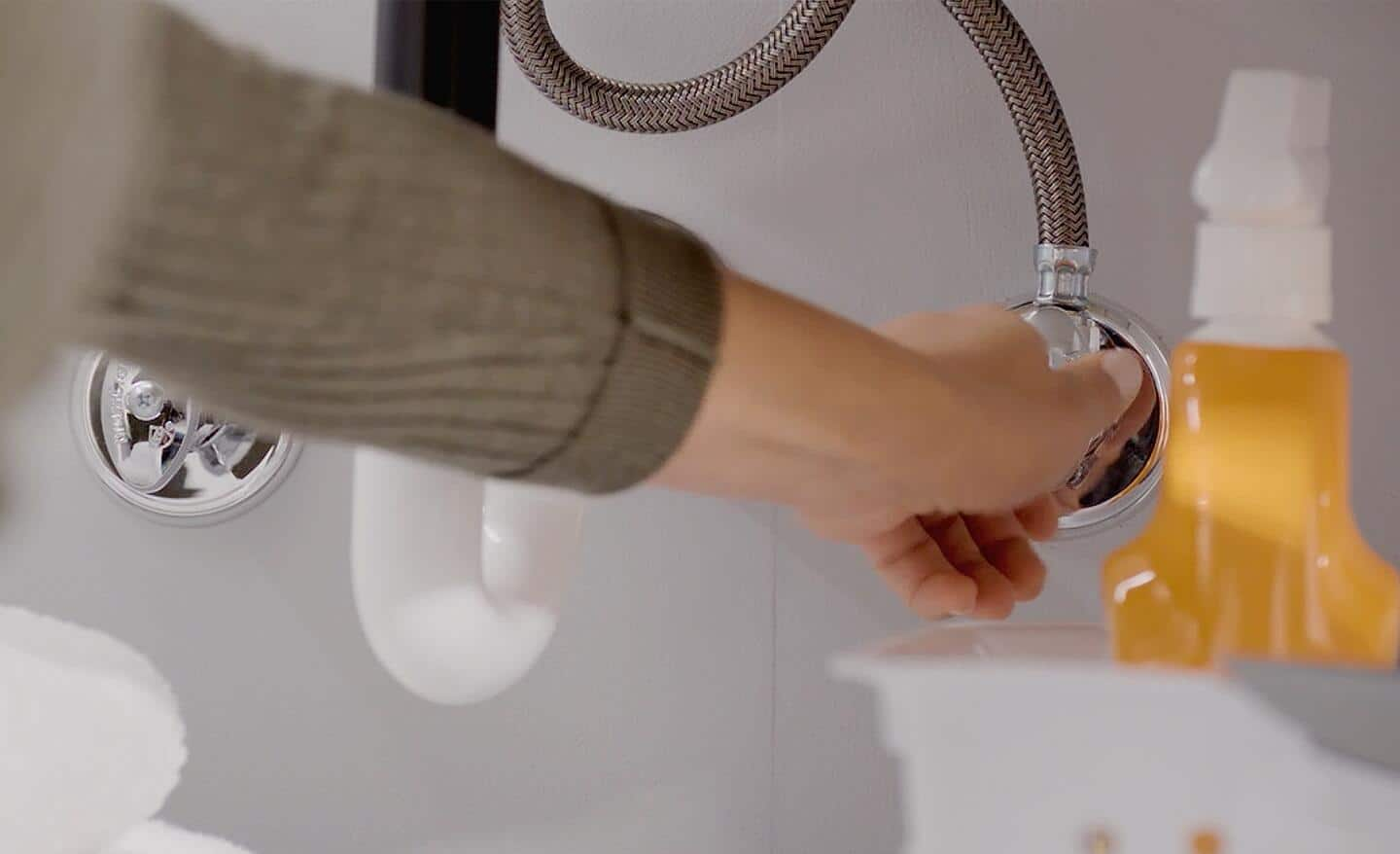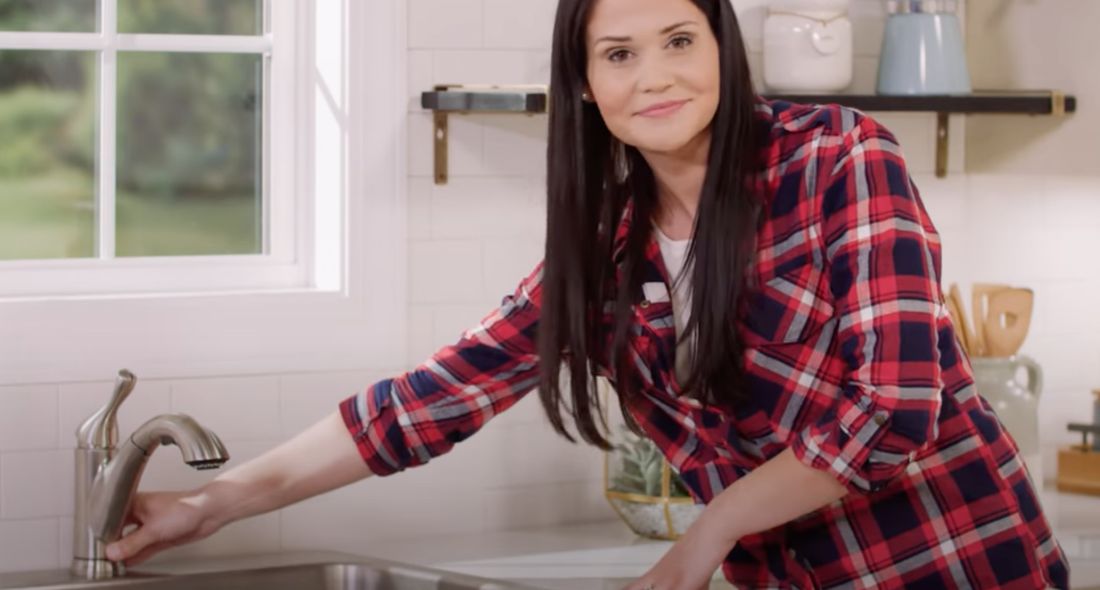An Reasons Behind Fixing a Faulty Faucet
An Reasons Behind Fixing a Faulty Faucet
Blog Article
Any individual has their personal opinion in relation to How to Fix a Dripping or Leaky Faucet .

Trickling faucets might look like a small aggravation, but their impact exceeds simply the aggravation of the sound. From wasting water to incurring unnecessary monetary prices and health and wellness threats, ignoring a dripping faucet can cause numerous effects. In this write-up, we'll delve into why it's essential to address this typical family concern without delay and successfully.
Waste of Water
Ecological Effect
Leaking taps add substantially to water wastefulness. According to the Epa (EPA), a solitary tap trickling at one drip per secondly can lose more than 3,000 gallons of water per year. This not only strains water sources yet additionally influences ecological communities and wild animals depending on them.
Step-by-Step Overview to Taking Care Of a Dripping Faucet
Tools Required
Prior to attempting to repair a leaking faucet, collect the essential devices, consisting of an adjustable wrench, screwdrivers, replacement components (such as washing machines or cartridges), and plumber's tape.
Typical Faucet Issues and Their Solutions
Determine the kind of faucet and the specific concern triggering the drip. Typical problems consist of damaged washers, rusty shutoff seats, or defective O-rings. Refer to supplier instructions or online tutorials for detailed assistance on repair work.
Financial Prices
Boosted Water Expenses
Beyond the ecological impact, trickling taps can inflate water costs significantly. The gathered waste over time converts into greater utility expenditures, which might have been avoided with prompt repair work.
Possible Residential Property Damage
In addition, long term leaking can lead to harm to fixtures and surfaces bordering the faucet. Water buildup can cause discoloration, corrosion, and also structural problems if left unattended, resulting in extra repair expenses.
Wellness Issues
Mold And Mildew and Mildew Development
The consistent existence of dampness from a dripping tap develops an optimal atmosphere for mold and mildew and mildew development. These fungis not just jeopardize interior air top quality however also posture health threats, especially for people with respiratory conditions or allergies.
Waterborne Conditions
Stagnant water in leaking faucets can come to be a breeding ground for germs and various other microorganisms, raising the danger of waterborne illness. Pollutants such as Legionella germs grow in stagnant water, potentially bring about serious health problems when ingested or breathed in.
Do it yourself vs. Professional Repair service
Pros and Cons of DIY Repair Service
While some might try to repair a dripping tap themselves, do it yourself repairs come with their very own collection of obstacles. Without correct knowledge and tools, DIY attempts can intensify the issue or result in incomplete repair work, extending the issue.
Benefits of Employing an Expert Plumber
Working with a specialist plumber makes certain that the underlying source of the trickling tap is attended to successfully. Plumbing technicians have the know-how and devices to identify and repair faucet problems efficiently, saving time and minimizing the threat of more damages.
Environmental Responsibility
Specific Payment to Conservation
Taking responsibility for fixing trickling taps lines up with wider efforts towards water conservation and environmental sustainability. Every person's activities collectively make a substantial effect on protecting precious sources.
Sustainable Living Practices
By prioritizing punctual fixings and embracing water-saving practices, people add to sustainable living techniques that benefit both existing and future generations.
Preventive Measures
Regular Upkeep Tips
To prevent trickling faucets, execute regular maintenance such as cleaning aerators, evaluating for leaks, and changing worn-out components quickly. In addition, think about installing water-saving gadgets or updating to much more reliable components.
Significance of Prompt Services
Attending to dripping faucets as quickly as they're discovered protects against further water wastefulness and potential damage, inevitably saving both water and cash in the long run.
Effect On Building Value
Assumption of Well-Maintained Property
Preserving a residential or commercial property in good condition, consisting of addressing maintenance problems like trickling taps, enhances its viewed worth and desirability amongst possible buyers or occupants.
Impact on Resale Worth
Residences with properly maintained plumbing components, consisting of faucets, command higher resale values in the realty market. Resolving dripping faucets can contribute to a favorable impact throughout residential or commercial property assessments and arrangements.
Verdict
Resolving a dripping faucet goes beyond mere benefit; it's a necessary action towards preserving water, lowering economic prices, and guarding wellness and property. Whether through DIY repairs or professional assistance, taking action to fix trickling taps is a tiny yet impactful means to advertise liable stewardship of sources and add to a healthier, much more sustainable future.
How to Fix a Leaky Faucet: Step-by-Step Repair Guide
A leaky faucet may seem like a simple annoyance, but if it's not fixed promptly, that leak could cost hundreds to potentially thousands. From water damage to mold, mildew, and high water bills, even a tiny leak can be catastrophic if left unattended. Damage like this can even affect the overall value of your home, so it's important to take the right approach for leaky faucet repair. You may need the help of a plumber in some cases, but we've got a few tips you can try on how to fix a leaky faucet before calling the pros.
Four Faucet Types
When you're learning how to fix a leaky faucet, the first step is knowing what kind of faucet you're working with! There are four common types.
Cartridge Faucets
Cartridge faucets come in one- or two-handled varieties. In one-handled cartridge faucets, hot and cold water combines in a single cartridge. In the two-handled versions, hot and cold water are controlled separately and mixed in the faucet.
Ball Faucets
Ball faucets have a single lever you push up and down to adjust the pressure and rotate to change the temperature. A slotted metal ball controls the amount of water allowed into the spout.
Compression Washer Faucets
They're the oldest type of faucet, but they're still used in many homes — especially older ones. Compression faucets have two separate handles that, when turned, raise or lower the washer that seals a water valve. This valve stops water from flowing through the faucet when it is turned off.
Disc Faucets
Disc faucets rarely need to be repaired due to their maintenance-free design. The water flow is controlled by two discs — the upper one raises and lowers against a fixed lower disc, creating a watertight seal. If your disc faucet starts leaking, you may need to replace the seals or clean residue buildup from the inlets.
Fixing a Leaky Faucet
Step 1: Turn Off the Water
Whether you're learning how to fix a leaky bathtub faucet or how to fix a leaky kitchen faucet, always turn off the water supply to your working area when you're fixing a leak. The last thing you want is a flood added to your list of things to fix.
Look for the shutoff valves below your sink or around the tub and turn them clockwise to stop the water flow. If your faucet doesn't have shutoff valves, you may need to turn off the water for the whole house. Check to make sure it's off by turning the faucet on. If nothing comes out, you're ready to start the repair.
Step 2: Take Apart the Faucet
How you disassemble your faucet depends on the type of fixture you have. You can use a flathead screwdriver to remove the caps on top of the handle or handles for cartridge and compression faucets. Inside, you should see handle screws. Unscrew these with a screwdriver to remove the handle.
Disc- and ball-style faucets will typically have an inlet screw near the handle, and removing that will reveal the interior of the faucet.
Detach the Valve Stem
For cartridge- and compression-style faucets, you'll see the inner valve stem or cartridge once you remove the faucet handles. If you have a compression faucet, unscrew the brass valve stem. If you have a cartridge faucet, pull out the cartridge. If your cartridge has been in place for a while, it may require some tools or extra force to remove it due to mineral deposits.
Examine and Replace Parts
Once you've removed the parts, check them out to confirm what needs to be replaced. You may see corroded rubber washers, O-rings, stems, or cartridges. On a ball-style faucet, check the seats and springs for damage.
If you need to repair a leaky disc faucet, check the inlet and seals on the lower disc.
Once you determine what parts must be replaced, visit your local hardware store. Bring the damaged parts with you to ensure you can purchase the correct components to replace them.
Clean Valves and Faucet Cavity
If you've removed a stem or cartridge, you may notice mineral buildup in the faucet's threads. Use white vinegar to clean the valve seat by soaking it for a few minutes, then scrub it away with a soft toothbrush and rinse with warm water. You can also clean the interior of the faucet in the same way.
Reassemble the Faucet
Once your faucet is cleaned and the required parts have been replaced, it's time to reassemble it. Put the pieces back together and slowly turn the water supply back on. Doing this slowly is crucial because too much initial water pressure can damage the new hardware you've just installed.
https://homewarranty.firstam.com/blog/how-to-fix-leaky-faucet

I found that blog entry on Why Are My Faucets Dripping (And Can I Fix It Myself)? while browsing on the search engines. Enjoyed reading our piece? Please share it. Help somebody else locate it. Many thanks for your time invested reading it.
Report this page